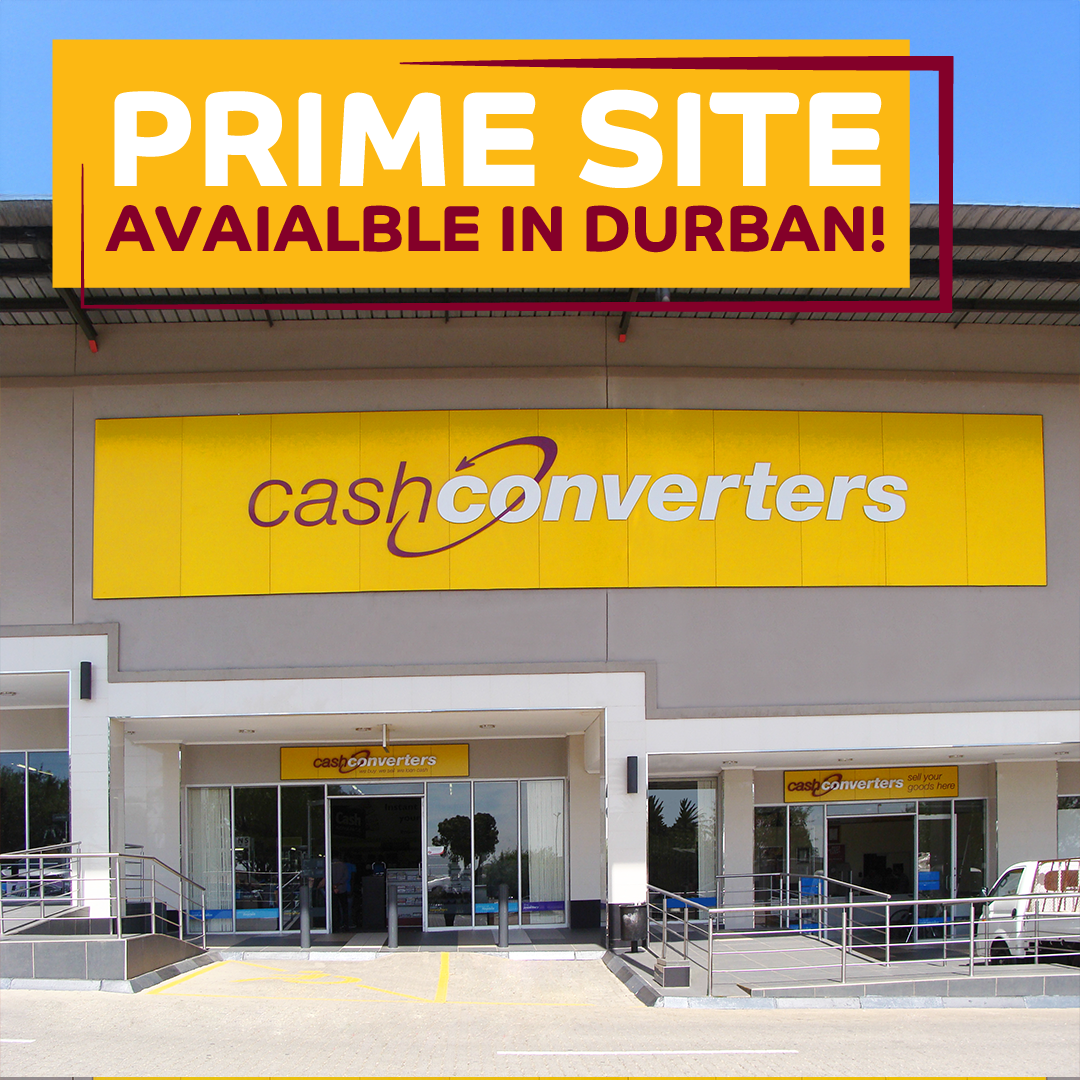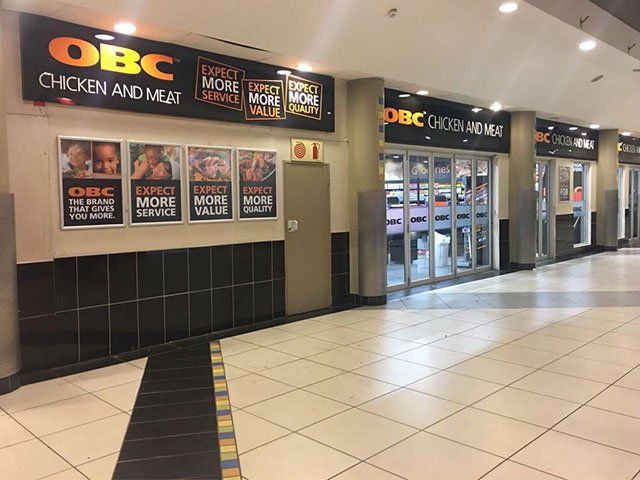Lease agreements for franchised businesses

Legally, parties to a lease agreement need only agree on three points for a valid lease to come into effect — the premises, the rent, and the duration of the lease. However, for a franchisee to trade viably from the premises, other issues must also be addressed, whether the franchisor or the franchisee is the main tenant.
Franchised businesses can be divided into two main categories with respect to the importance of the type of premises they will require, and where. The category into which a business falls will play a role in how the lease negotiation will be approached and determine the issues that may arise.
Area-based franchises
These are typically service-type businesses such as real estate agencies, cleaning and repair or distribution services. The franchisee is given a right to service customers within a defined territory and may be limited to trading in that territory. In these businesses, the franchisee generally serves at the customers’ own premises or elsewhere and customers rarely, if ever, visit the franchisee’s business premises.
While the franchisor will probably want to be sure that the franchisee has a proper establishment from where to run their business, they will be a lot less prescriptive as to the location, the dimensions, and the ‘look and feel’ of the premises.
Premises-based franchises
In premises-based businesses customers need to visit the premises in order to avail themselves of the services or products. This category includes restaurant, health and beauty shops, and retail businesses. As a rule, the franchisee will be obliged to trade only from its premises, although some businesses may also include a delivery component limited to an area.
In these cases, the franchisor will generally be far more prescriptive as to the location and dimensions of the premises, and how the premises are to be fitted out. The franchisor will probably insist, as a condition of the franchise agreement, that the franchisee enters into a lease that secures its right to occupy the premises for at least the duration of the franchise agreement.
The regulations of the Consumer Protection Act (CPA) require that, amongst a long list of other prescribed content, the franchise agreement must inform the franchisee of ‘the role of the franchisor in site selection’. This emphasises the importance the Legislature places on both the franchisor and franchisee knowing how the premises are to be identified and secured.
To let or sublet?
One of the first things to be considered by the franchisor is whether the business is to operate in a ‘strategic’ location, in which the franchisor wants to be sure its brand is always represented. If so, the franchisor may prefer to enter into a lease with the landlord, and sublet the premises to the franchisee. This has benefits and disadvantages for a franchisor, principally in the event that the franchisee’s business fails.
On the positive side, the franchisor has control over the premises and can install another franchisee, or operate a franchisor-owned store, so as to ensure the brand will be represented at the location, irrespective of the identity of the franchisee. This is an advantage if the business is in a prime spot such as a major shopping mall. On the negative side, the franchisee will remain liable to the landlord even if the franchisee doesn’t pay franchise fees or rent, or breaches the lease in some other way. Therefore, this option is only viable if the value of keeping the premises is worth the risk of carrying the expenses.
Terms of the lease & approach to negotiations
Exclusivity clause
This can work either in favour of or against the tenant. Before entering into a lease, the prospective tenant should ascertain whether any other tenant has obtained an exclusive right to carry on a particular type of business in the centre. If the franchisee/franchisor has sufficient bargaining power, they may insist on an exclusive right in their own lease, preventing the landlord from allowing competitors to trade in the centre.
Relocation or business interruption clause
Many leases allow the landlord to require the tenant to either close their business or move to another location in the centre if the landlord wants to carry out renovations. The lease may prevent the tenant from claiming for income lost while the business is inoperative, if they are moved to a location with less foot traffic, or if the renovations themselves interfere with its business. While it is usually not possible to get away without any risk in this respect, the tenant should attempt to negotiate for a reasonable right of recourse, for example, if the interference lasts more than a reasonable time, or the tenant’s losses exceed a certain amount.
Other costs
Rent and lights and water may not be the only costs the tenant has to carry. The landlord may also insist on the tenant contributing to a marketing fund for the purpose of promoting the centre, or there may be a merchants’ association to which the tenant will be expected to contribute. If the franchisee is the tenant, these costs, on top of the franchise fees, may prove too heavy a burden and must be carefully considered when assessing the viability of the business.
Availability of facilities
The tenant may require special facilities in order to run the business, such as cold storage, ventilation, an emergency power source or heavy duty loading and offloading facilities. If the landlord does not provide these amenities, the prospective tenant should ensure that they be allowed to install these facilities themselves, and to remove them when vacating the premises.
Ownership of installations
Related to the previous point, the tenant must ascertain whether they will be able to install all the shopfitting and equipment required, and whether they or the landlord will assume ownership of the items once they have been installed. This also pertains to any new shopfittings or equipment the franchisor may insist upon as part of a periodical brand revamp. As a rule, the tenant will be required to restore the premises to its original condition as when the lease commenced, which may be no more than an empty shell, and doing so may be a costly exercise.
Common area usage
Businesses in malls, especially restaurants, often make use of outdoor space adjoining their stores. These areas are not usually described as part of the leased premises and are in fact intended for pedestrian traffic passing through the centre. Tenants cannot assume that they will be permitted to place furniture or a takeaway kiosk in the walkway outside the premises, this must be negotiated and included in the lease.





